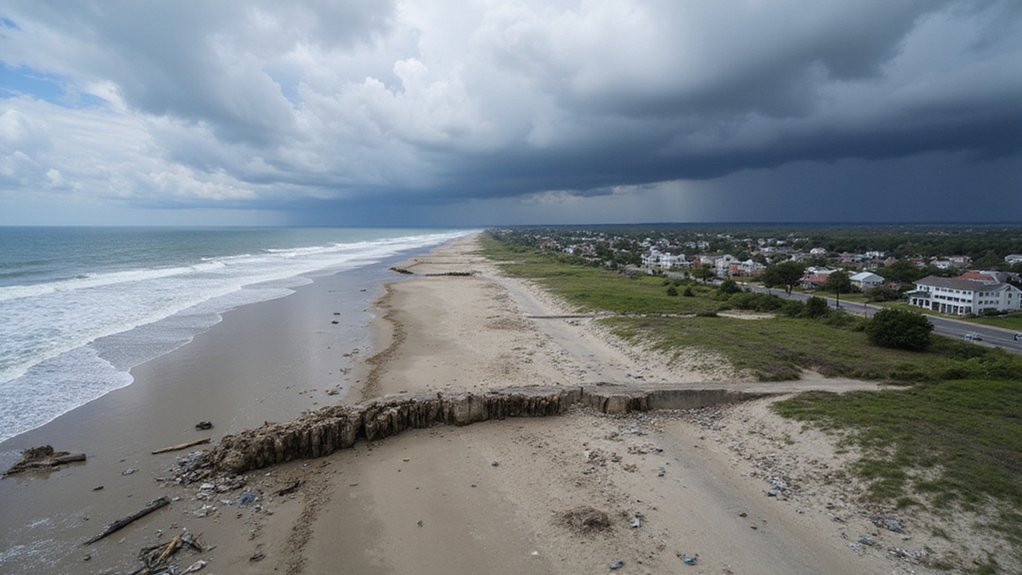As global warming surpassed the critical 1.5°C threshold for the first time in 2024, the world’s coastal regions face an increasingly bleak future. Scientists warn that this historic milestone accelerates the risk of irreversible damage to shorelines worldwide. Only six countries have submitted their 2035 climate targets ahead of the Paris Agreement deadline, and just one—the UK—has plans aligned with the 1.5°C goal.
The major emitters that have submitted targets, including the UAE, Brazil, US, Switzerland, and New Zealand, aren’t doing enough to protect coastal areas. This insufficient response from governments has pushed the climate crisis into what experts call a “critical and unpredictable phase.” Climate-fueled disasters including catastrophic flooding are already escalating globally.
World leaders have failed our coastlines, pushing us into a climate emergency with no roadmap for survival.
Sea levels are rising faster than adaptation efforts can keep pace. In the UK alone, between 5,000 and 45,000 properties could face coastal erosion by 2050. The public is being asked to remain patient as verification processes for climate adaptation funding requests face delays. The rising waters increase both flooding and erosion risks, damaging infrastructure and natural habitats. Many coastal protection measures rely on local government funding, which is often inadequate.
Climate change is making extreme weather worse, disrupting coastal transportation and utilities. Over one-third of UK road and rail networks now face flood risks, a number expected to reach about half by 2050. These disruptions can trigger cascading failures that harm communities and economies.
The economic toll is mounting. Properties at risk of flooding in England are predicted to increase from 6.3 million to 8 million by 2050—representing a quarter of all properties. Insurance costs are rising while property values fall in flood-prone coastal areas. Poorer communities bear the heaviest burden as they have fewer resources to adapt. A comprehensive shift to renewable electricity could significantly reduce emissions and potentially prevent thousands of premature deaths from pollution-related causes.
Coastal ecosystems are also suffering from sea level rise, ocean acidification, and pollution. Over half of the UK’s prime farmland is already at flood risk. As biodiversity declines in these areas, the natural defenses that once protected shorelines continue to weaken, creating a dangerous cycle of increased vulnerability.
References
- https://www.theccc.org.uk/publication/progress-in-adapting-to-climate-change-2025/
- https://www.germanwatch.org/sites/default/files/2025-02/Climate Risk Index 2025.pdf
- https://opc.ca.gov/wp-content/uploads/2025/02/Item-4-Exhibit-B-Report-Card-Update-508.pdf
- https://climateanalytics.org/press-releases/the-climate-is-warming-and-sea-levels-rising-way-faster-than-governments-are-acting
- https://charitydigital.org.uk/topics/climate-change-facts-you-need-to-know-in-2025-10655






